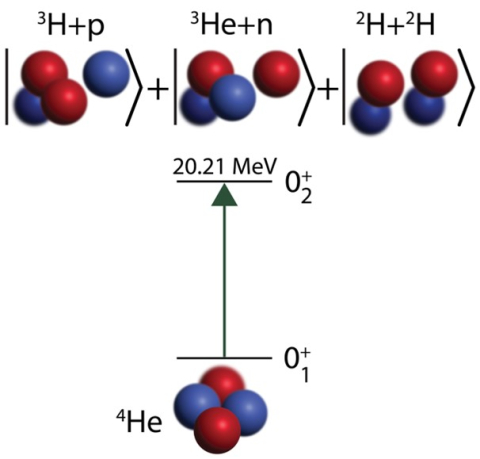
A new experimental measure of Helium-4’s transition from its ground energy state to an excited state closes an apparent gap with theoretical predictions.

Finite geometry reveals fundamental properties of charged quantum systems.

Researchers design ultra-low radiation cables to reduce background noise for highly sensitive nuclear decay and dark matter detectors.
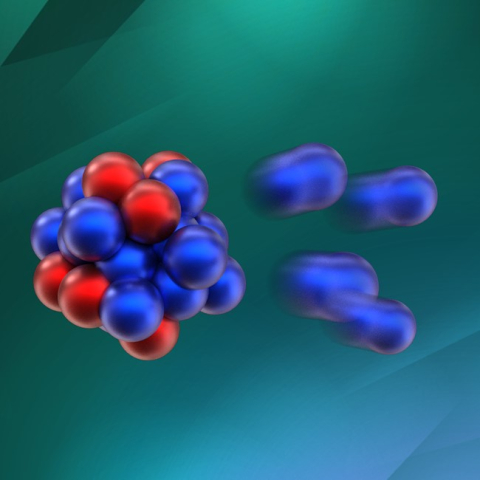
An almost-bound isotope of oxygen undergoes four-neutron decay that challenges theory.
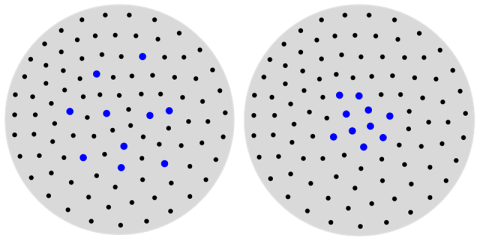
Quantum entanglement changes in atomic nuclei in ways that differ from other systems.
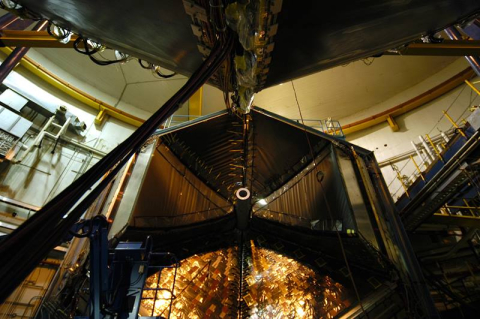
New insights reveal details of how strange matter forms.
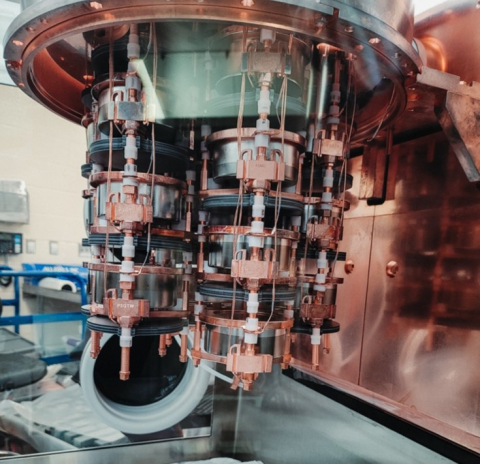
The first results from the MAJORANA experiment dramatically improve current limits on this rare isotope’s decay.
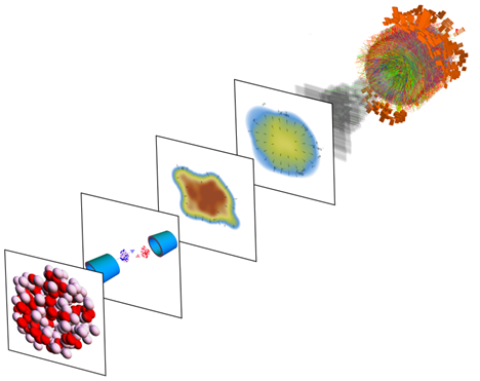
Researchers determined the neutron skin of lead-208 from experimental data collected in lead-lead collisions at the CERN Large Hadron Collider.
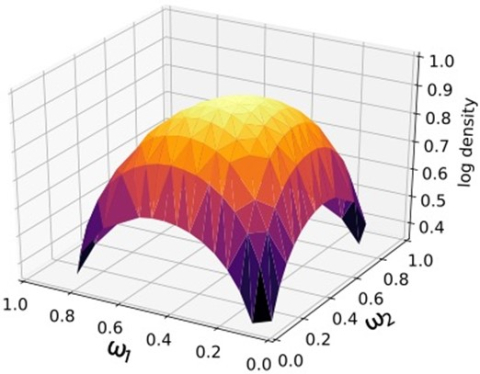
Bayesian statistical methods help improve the predictability of complex computational models in experimentally unknown research.
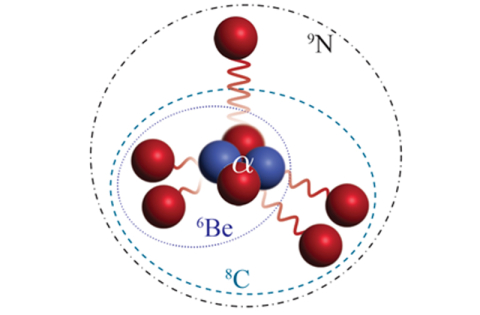
Nitrogen-9 has only two neutrons to its seven protons and decays to an alpha particle by emitting five of its protons in stages.

